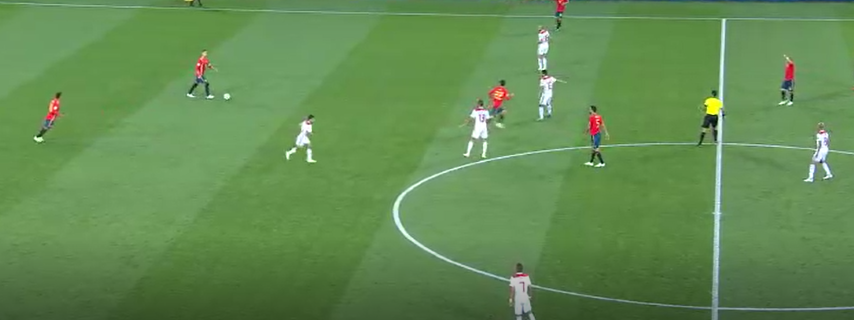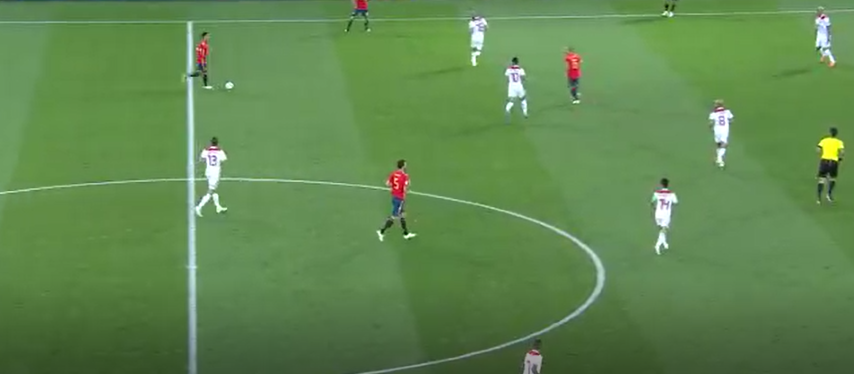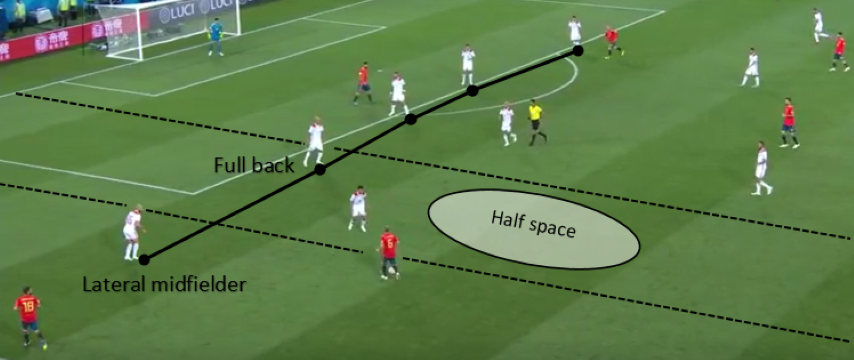By Philip Joe Cauchi
When playing against teams who are extremely skilled, have a high level of game insight and who are mentally strong, the main style of play we should adapt and the system of play we should use will be our main concern. Further to this, we need to choose the right players for the match. Can the selected players handle the pressure of having the opposition dominating play? Can they remain focused for the duration of the match? Are the right players chosen for the system of play required? How is the level of communication between the selected players? What if we concede a goal early in the game? Would this have a negative effect on our morale, or would this goal make us even thirstier to strike back?
Morocco’s world cup 2018 match against Spain, which ended in a 2-2 draw, is the perfect example that when there is a collective team effort together with good preparation and planning, a positive performance and result is more likely to be achieved. Morocco started the match pressing high and aggressive, surprising Spain in many ways. The Moroccan players’ physical abilities enabled them to be very explosive in their pressing. Their initial aim was to gain possession of the ball, be dangerous themselves, and make Spain panic, as they often do when they do not have the ball.
When pressing was not on, Morocco dropped back into a compact and collective unit. Their objective was to reduce space in the central channel and close the passing lanes to prevent vertical passes (figure 1). Morocco defended in a 1-4-1-4-1 formation with El Ahmadi (number 8) guarding the space between the lines and preventing a direct pass into Spain’s most advanced player, Diego Costa (figure 2).

Figure 1 – Morocco in white taking away Spain’s space and playing options in the middle channel.
Spain rotated positions and circulated the ball quickly. However, Morocco kept their compact defensively well-organised team shape. Furthermore, Morocco were well prepared on the positive transition with a clear plan in mind; that of using Amrabat’s (number 16) and Ziyach’s (number 17) explosiveness on the break.

Figure 2 - Encircled player El Ahmadi guarding the space between the lines and closing the inside passing lane
In the second half Spain needed to score, and as expected they dominated possession. However Morocco stood strong with their back four becoming a back five, with the ball-side lateral midfielder dropping to track the overlaps by Spain’s full backs. In these situations, Morocco’s full back remained close to the central defender, guarding the half space (figure 3).

Figure 3 - Ball-side lateral midfielder Amrabat dropping to create a back five
Spain continued to dominate play and applied continuous pressure on Morocco, playing short sharp passes with the aim of creating gaps in the Moroccan defence. However the Moroccan players positioned within an exceptional defensive structure, were able to force Spain into playing into zones where they were the strongest. Apart from preventing vertical play, Morocco won the ball several times and also created scoring opportunities from counter attacks.
In the final fifteen minutes Morocco defended deep. Their aim was to concede less space to the Spaniards while at the same time keeping an eye on their energy levels.
Philip Joe Cauchi works as performance coach in Malta. He holds a UEFA A and a UEFA A Youth Elite coaching licences as well as a B.ed (Hons) in Education with Physical Education and is also a qualified football conditioning coach.


